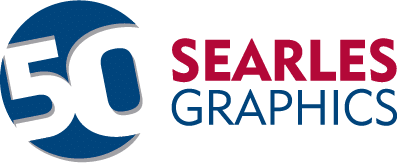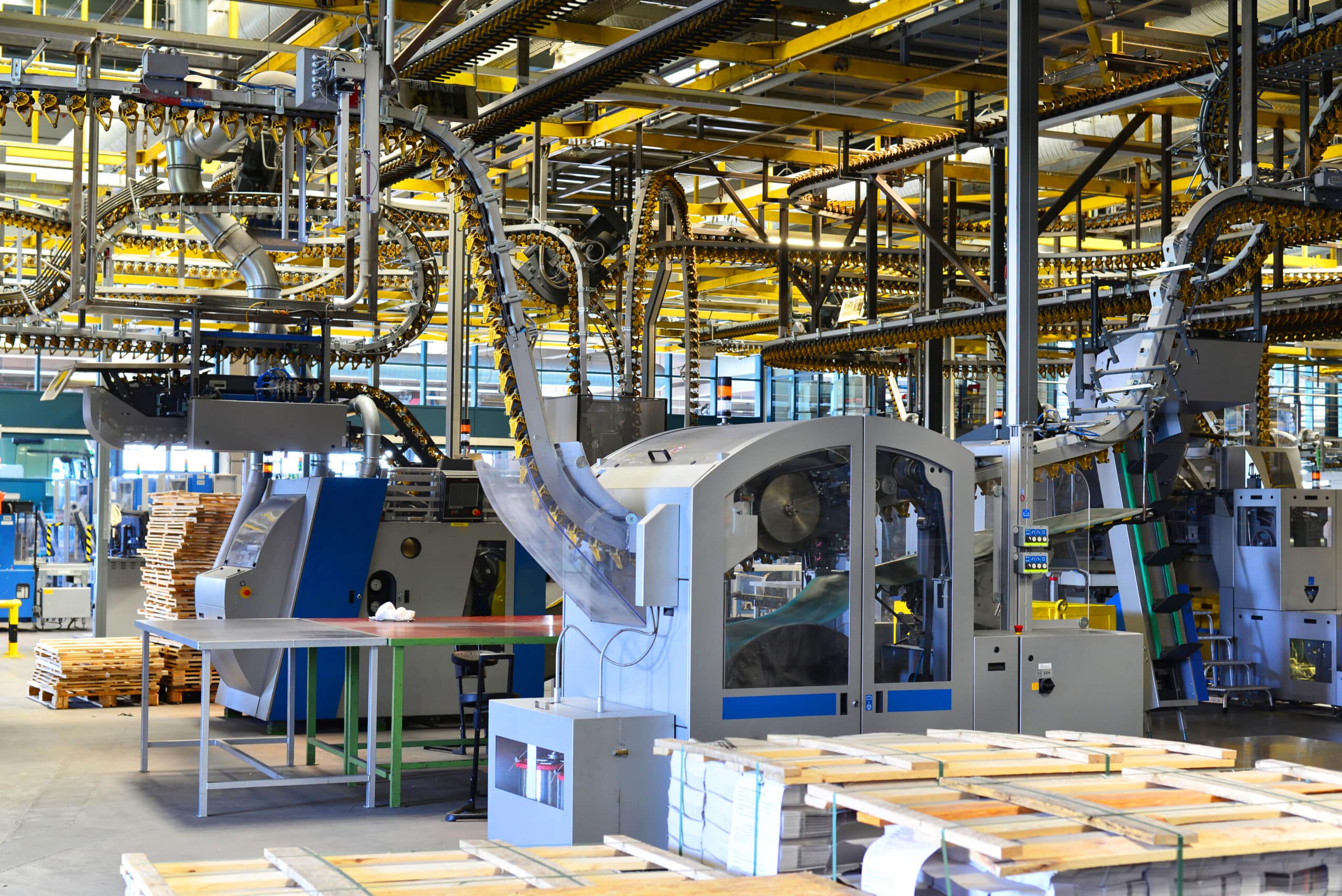Web press printing is a powerful method for producing large volumes of printed materials quickly and efficiently. You might see it used for newspapers, magazines, catalogs, and books.
This technique can print thousands of copies per hour on long rolls of paper.
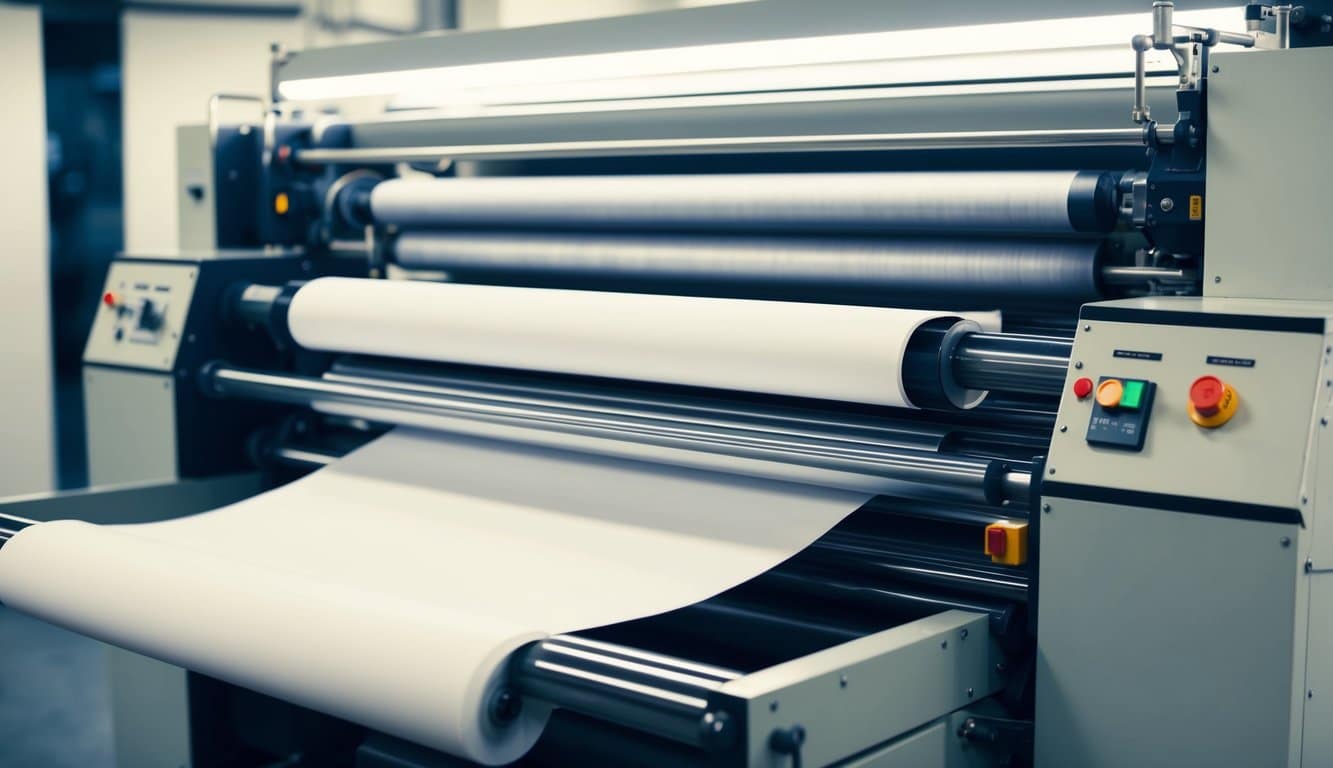
Web press printing offers big advantages in speed and cost for high-volume jobs. The presses use big rolls of paper that feed through at high speeds. Special inks dry fast to keep up with the rapid printing pace.
You can choose from different types of web presses based on your needs. Some use heat to dry the ink, while others use UV light.
The right choice depends on factors like paper type, print quality, and run size. Web printing works well for many commercial and publishing projects.
Basics of Web Press Printing
Web press printing is a high-speed printing method used for large print runs. It offers speed and cost advantages for big jobs like newspapers and magazines.
Definition and Overview
Web press printing uses a continuous roll of paper called a web. The paper feeds through the press at high speeds. Ink is applied to the paper as it moves through.
This method can print thousands of copies per hour.
Web presses come in different sizes. Some are as big as a house. They can print in color or black and white. The final product is cut and folded at the end of the process.
Comparison with Sheet-Fed Presses
Web presses differ from sheet-fed presses in several ways. Sheet-fed presses use pre-cut paper sheets. Web presses use long rolls of paper instead.
Web presses are faster for large jobs. They can print more copies in less time. This makes them ideal for newspapers and catalogs.
Sheet-fed presses are better for smaller jobs. They offer more paper options and can handle thicker stocks.
Web presses cost more to set up. But they become more cost-effective as the print run grows. Sheet-fed presses are more flexible for short runs and quick changes.
Technical Aspects of Web Presses
Web presses use large rolls of paper and complex machinery to print at high speeds. They have key parts that work together in a specific process.
Key Components
The unwind stand holds big paper rolls. It feeds paper into the press.
Printing units have cylinders with plates that put ink on the paper. Dryers use heat to set the ink quickly.
Chill rolls cool the paper after drying. The folder cuts and folds printed pages. Delivery systems stack or bind the final products.
Web presses also have ink fountains, dampening systems, and tension controls. These keep ink flow, moisture, and paper tightness just right.
The Printing Process
You start by loading a paper roll onto the unwind stand. The web threads through printing units. Each unit prints one color.
As paper moves, inked plates transfer images to it. The web then goes through dryers and chill rolls. This sets the ink and cools the paper.
Next, the folder cuts and folds pages. The delivery system collects finished products. Web presses can print thousands of copies per hour.
You can adjust speed, ink, and paper tension during printing. This helps maintain quality at high speeds.
Types of Print Media
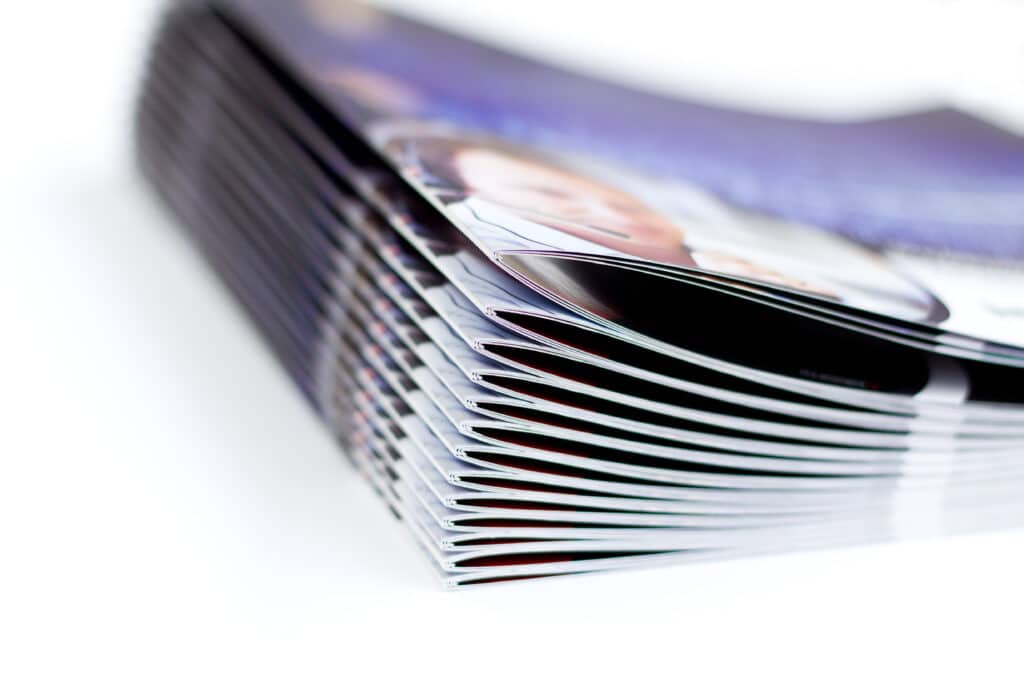
Print media comes in many forms. Each type serves a different purpose and reaches specific audiences.
Newspapers and Magazines
Newspapers keep you informed about current events. They come out daily or weekly. Most have local, national, and world news sections. You’ll also find sports, entertainment, and opinion pieces.
Magazines focus on specific topics or interests. They’re published weekly, monthly, or quarterly.
You can find magazines about hobbies, fashion, news, and more. Magazines often have higher quality paper and more color than newspapers.
Both newspapers and magazines make money from ads and subscriptions. They face challenges from online media but remain popular with many readers.
Catalogs and Direct Mail
Catalogs show you products you can buy. They have photos, descriptions, and prices.
Many stores send out seasonal catalogs. You might get clothing, home goods, or hobby catalogs in your mailbox.
Direct mail is advertising sent straight to you. It includes flyers, postcards, and letters.
Companies use it to promote sales or new products. Political campaigns also use direct mail to reach voters.
These print materials help businesses connect with customers. They can be targeted to specific groups based on location or interests.
Books and Packaging
Books come in many types. You have hardcovers, paperbacks, and e-books. Textbooks, novels, and non-fiction all use different printing methods.
Book printing involves binding pages together and adding covers.
Packaging includes boxes, labels, and wrapping. It protects products and provides information.
Food labels list ingredients and nutrition facts. Product boxes often have eye-catching designs to stand out on shelves.
Both books and packaging require careful design and printing. They need to be durable and attractive. The quality of print affects how you see and use these items every day.
Advantages of Web Press Printing
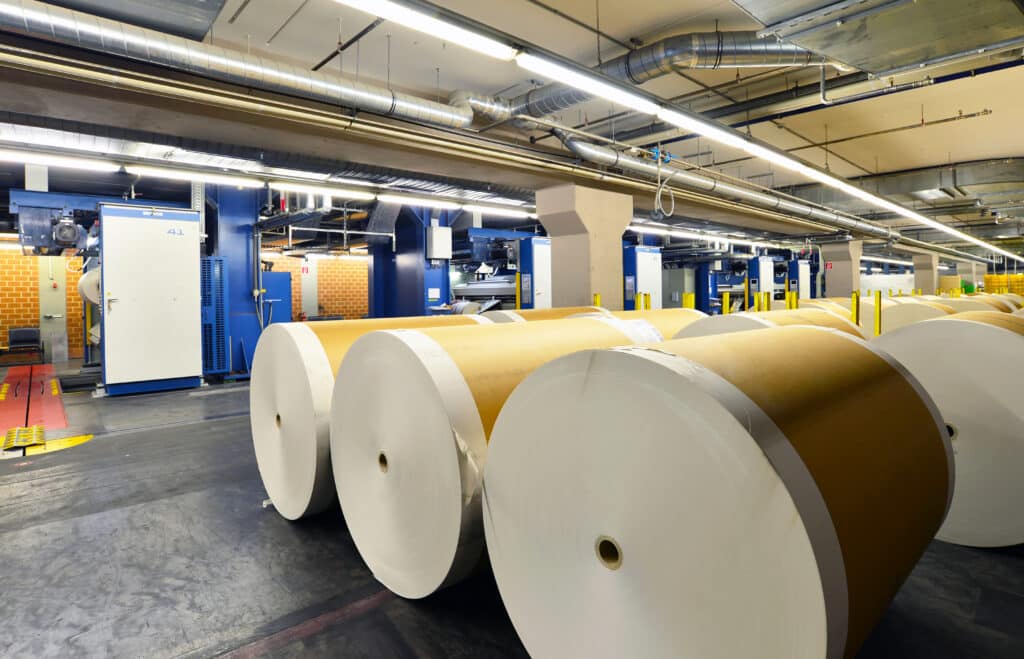
Web press printing offers several key benefits for large-scale print jobs. These advantages make it a popular choice for many publishers and businesses.
High-Volume Printing
Web presses shine on very large runs, using continuous rolls for speeds up to 50,000 impressions per hour—ideal for newspapers, long run catalogs, and high-volume magazines.
The large paper rolls also reduce the need for frequent paper changes and modern web presses can switch over rolls while they run. This keeps your print job moving smoothly without interruptions.
Sheet-fed presses, by contrast, are optimized for shorter runs and generally operate at speeds from 10,000 – 15,000 impressions per hour. They handle a wider variety of paper stocks (including heavy and textured stocks), enable faster make-ready for small batches, and allow last-minute layout changes with minimal waste.
Choose web for scale and consistency; choose sheet-fed for better pricing on shorter runs, flexibility, highest quality, and material variety.
Printing Efficiency
Web press printing boosts efficiency in several ways. The continuous paper feed eliminates the need to load individual sheets.
This saves time and reduces labor costs.
You’ll also see less paper waste. Web presses use paper more efficiently than sheet-fed presses. This means you’ll get more printed pages from each roll of paper.
Web presses often include in-line finishing options. These can fold, cut, and bind your prints right on the press. This streamlines your production process.
Cost-Effectiveness
For large print runs, web press printing can save you money. The cost per unit goes down as the volume increases.
This makes it ideal for high-quantity orders.
You’ll see savings on paper costs too. Buying paper in large rolls is cheaper than purchasing pre-cut sheets. This can lead to big savings on long print runs.
Web presses also use less ink than other printing methods. The precise ink control systems reduce waste and lower your overall printing costs.
Labor costs are another area of savings. Web presses need fewer operators than multiple sheet-fed presses. This can significantly cut your production expenses.
Quality and Customization
Web press printing today offers high-quality results and many customization options.
Quality of Output
Modern web presses use advanced inks and papers for vivid colors. You can expect smooth gradients and fine details in photos and graphics. Text remains readable even at small font sizes.
Both sheet-fed and web presses deliver excellent quality when matched to the right job. Sheet-fed presses often achieve finer detail and richer color on specialty or heavier stocks, making them a go-to for high-end brochures and packaging.
Web presses deliver consistent, cost-effective color across very large quantities and can be paired with inline lamination or UV coating for durability. Your choice depends on run size, substrate, and finish requirements.
Customization Options
Web press printing gives you many ways to customize your materials. You can choose from a wide range of paper types, weights, and finishes.
Glossy, matte, or textured stocks are all options.
Special inks let you add metallic or fluorescent colors for eye-catching effects. You can also use spot varnishes to highlight certain areas.
Die-cutting, folding, and binding are often done inline, allowing for very high production speeds from start to finish once setup is complete.
Full-Color and Laminated Printing
Full-color printing brings your designs to life with vibrant hues. Web presses can print millions of colors using four-color process inks.
This gives you nearly unlimited color options.
For photos and complex graphics, you’ll get smooth color blends. Text and logos stay sharp and readable in full color.
Lamination adds a protective layer to your printed pieces. It makes them more durable and resistant to wear.
You can choose glossy or matte lamination finishes.
Laminated prints resist moisture and fingerprints. This keeps your materials looking fresh longer. It’s great for items that will be handled often.
Substrate and Paper Stock
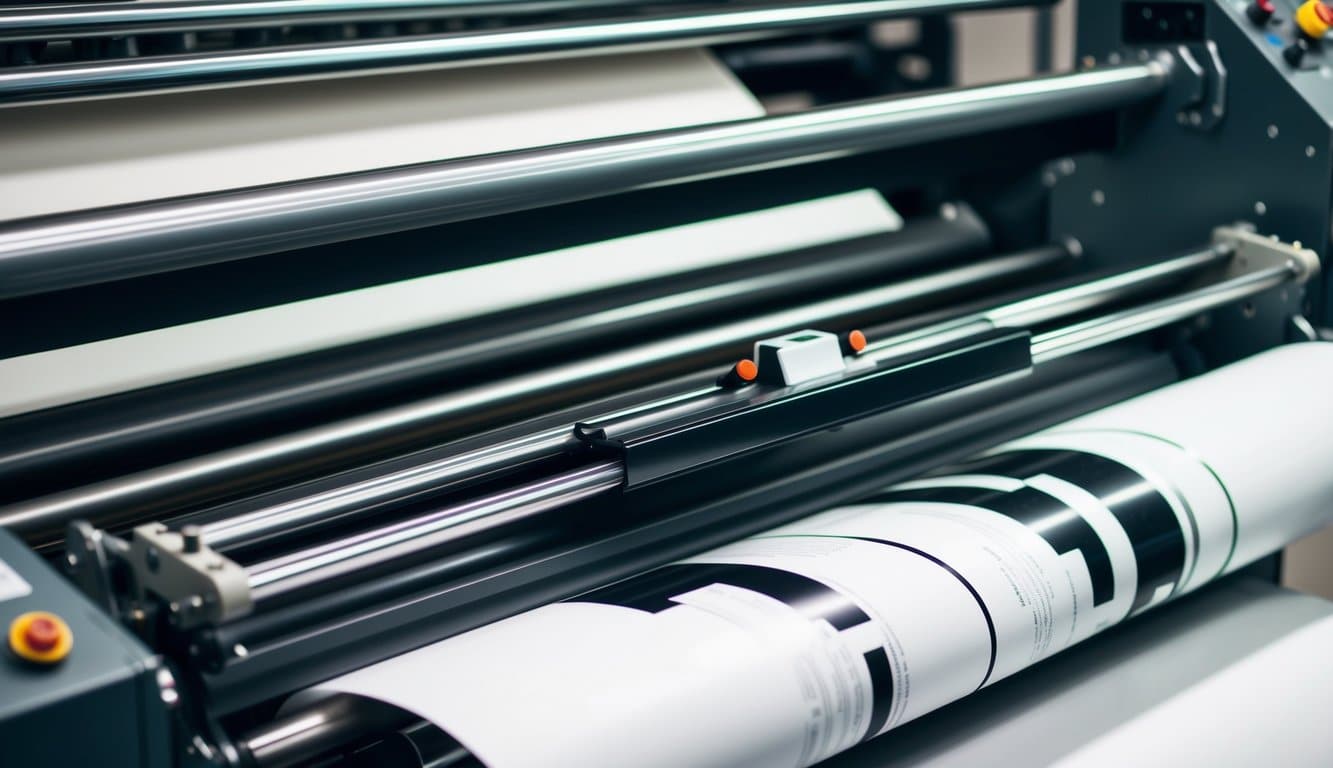
Web press printing uses large rolls of paper as the substrate. The paper type and quality affect the final print result.
Types of Paper Stock
Web presses feed from large rolls, excelling on newsprint and standard coated or uncoated stocks up to about 100 lb.
Sheet-fed presses accept individual sheets, accommodating heavier grammages (often up to 120–140 lb. cover), textured stocks, and unique substrates like metallic or synthetic papers. Many sheet-fed presses, like the ones we have here at Searles Graphics can run up to 40 pt. board.
This flexibility makes sheet-fed ideal for business cards, packaging, and other specialty applications.
Large Rolls of Paper
Web presses use huge paper rolls. These can weigh over a ton.
The rolls are loaded onto the press with special equipment. As printing happens, paper feeds continuously through the machine.
Roll size affects print run length. Bigger rolls mean fewer stops to change paper.
This improves efficiency. But larger rolls also require more storage space and handling equipment.
Print Production Options
Web press printing offers various production choices to meet different needs. The right option depends on your project requirements and goals.
Inline Finishing Capabilities
Inline finishing streamlines the print process. It combines printing and finishing in one machine. This saves time and reduces handling.
Common inline finishing options include:
- Cutting
- Folding
- Binding
- Perforating
- Gluing
These features add value to your printed materials. They create ready-to-use products straight off the press.
This can lower costs and speed up delivery times for your projects.
Digital vs Offset Printing
Digital and offset printing each have unique benefits for web press projects.
Digital printing works well for:
- Short runs
- Variable data jobs
- Quick turnaround times
It offers flexibility and customization. You can make last-minute changes easily.
Offset printing excels at:
- Large volume jobs
- Consistent color quality
- Special ink options
It provides cost savings on big print runs. The setup takes longer, but unit costs drop as quantities increase.
Your choice depends on your project size, budget, and timeline. Consider these factors when picking between digital and offset for your web press needs.
Print Projects and Services
Web press printing offers a range of print projects and services for businesses. It can handle large volumes quickly and efficiently.
Recommended Projects for Each Press Type
Sheet-fed presses are ideal for business cards, invitations, postcards, labels, and any job requiring specialty stocks or variable data. They handle heavy stock and provide precise registration for spot colors or embossing.
Web presses are tailored to high-volume items—newspapers, catalogs, manuals, and direct-mail pieces—where speed and cost per unit are paramount. Inline folding, cutting, or binding can further streamline large runs.
High-Speed Printing Services
Web presses excel at high-speed printing. You can use them for big print runs of books, magazines, or newspapers.
These machines can print, cut, and fold pages all at once.
The speed of web presses saves you time and money. A job that might take days on a sheet fed press can be done in hours.
This is great for time-sensitive projects like daily newspapers.
Challenges and Disadvantages
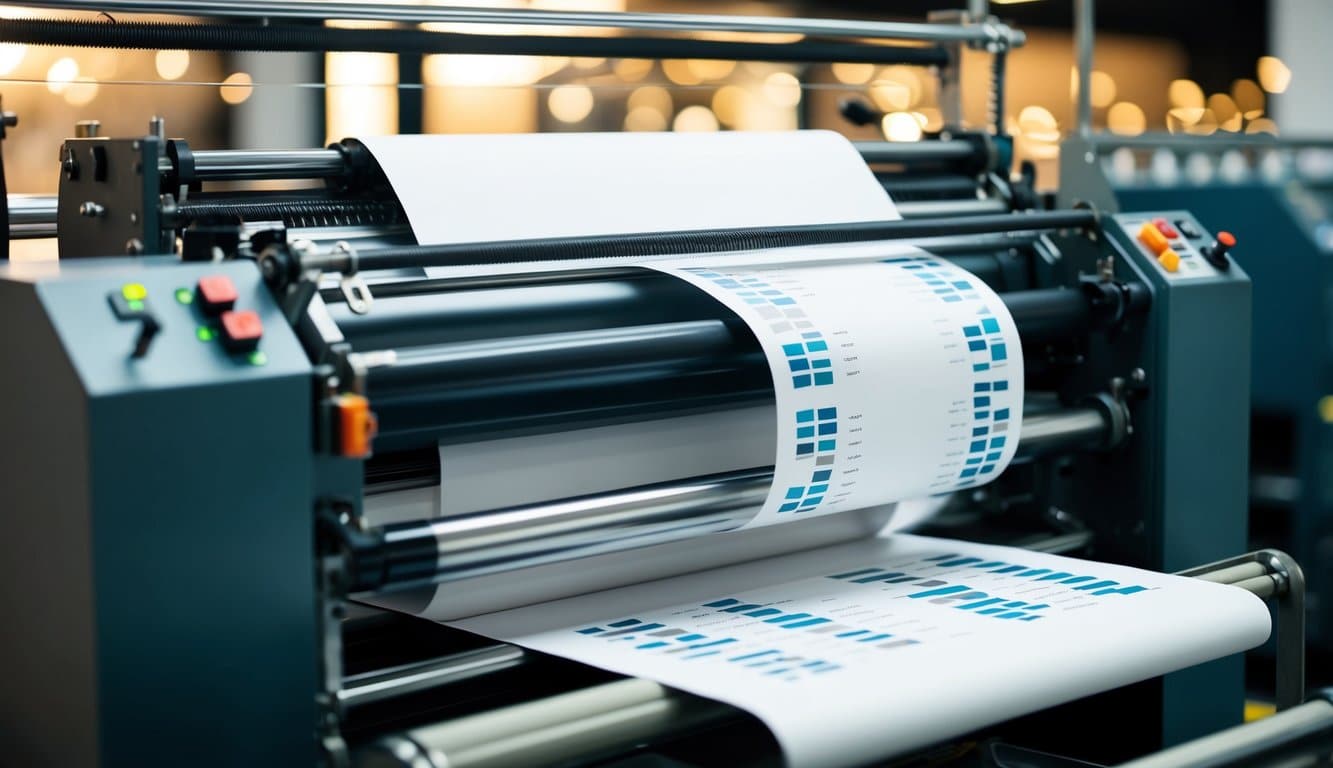
Web press printing has some drawbacks to consider. These issues can impact the quality and cost of large-scale print jobs.
Limitations of Web Press Printing
Web presses are expensive to set up and run. The machines cost millions of dollars.
You need to print large volumes to make them cost-effective.
Print quality can be lower than other methods. Images may not be as crisp. Colors might not match exactly from one section to another.
Web presses work best for standard paper sizes. Custom sizes or materials can be tricky. You have less flexibility in paper choices.
Printing errors affect many copies at once. A problem can ruin thousands of pages before it’s caught.
Setup takes time. You can’t make quick changes once printing starts.
This makes web presses less suited for small, varied jobs.
Maintenance is complex and costly. Skilled technicians are needed to keep the presses running smoothly.
Frequently Asked Questions
\Web press printing raises many common questions about its advantages, quality, costs, and operations. Here are answers to some key aspects of this printing method.
What are the advantages of web press printing over other methods?
Web press printing requires longer, more complicated setups but runs at higher speeds and often includes inline finishing. This makes it fast and efficient for high-volume jobs.
This makes it great for newspapers and large, high-volume magazines and catalogs.
How do differences in web press and sheet-fed press impact print quality?
Web presses can sometimes have lower image quality than sheet-fed. This is due to faster speeds and the need for near-immediate or rapid ink drying.
But modern web presses have improved a lot. They now offer quality close to sheet-fed for many jobs.
What factors influence the cost of web press printing services?
Paper type and quantity affect web press costs the most. Ink coverage and print run length also play a big role.
Setup fees can be high, but per-unit costs drop as volume increases. Special finishes or complex designs may raise prices too.
How do web offset presses operate?
Web presses use large rolls of paper that feed continuously. The paper passes through printing units with ink and water.
Images transfer from plates to blankets, then to paper. The printed paper is cut and folded at the end of the press.
What considerations are important when selecting a web press printing company?
Look at a company’s equipment and expertise. Check their quality control processes.
Ask about turnaround times and pricing for your job size. Make sure they can handle any special needs like paper types or finishing options.
What maintenance is required for a web press printing machine?
Regular cleaning of rollers and blankets is crucial.
Operators must check ink and water balance often.
Tension settings need frequent adjustment.
Parts like bearings and gears need periodic replacement.
Proper maintenance keeps print quality high and reduces downtime.
